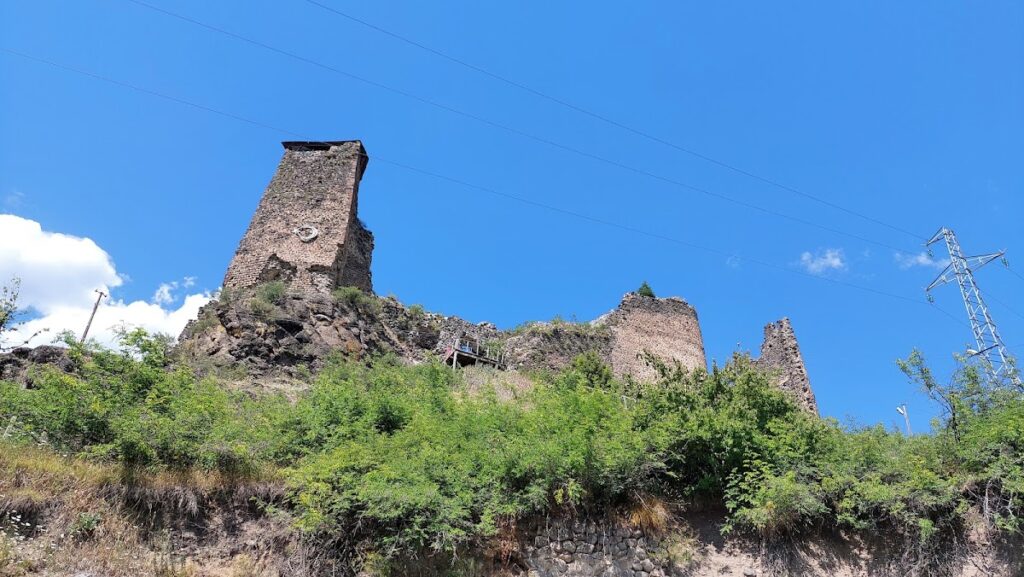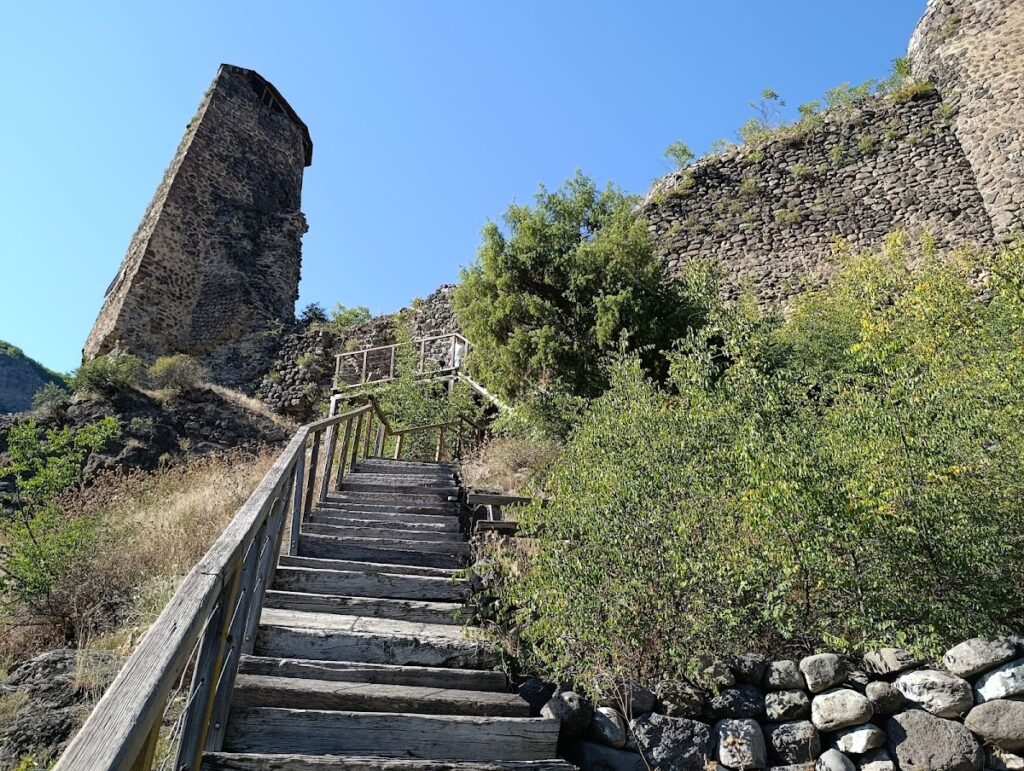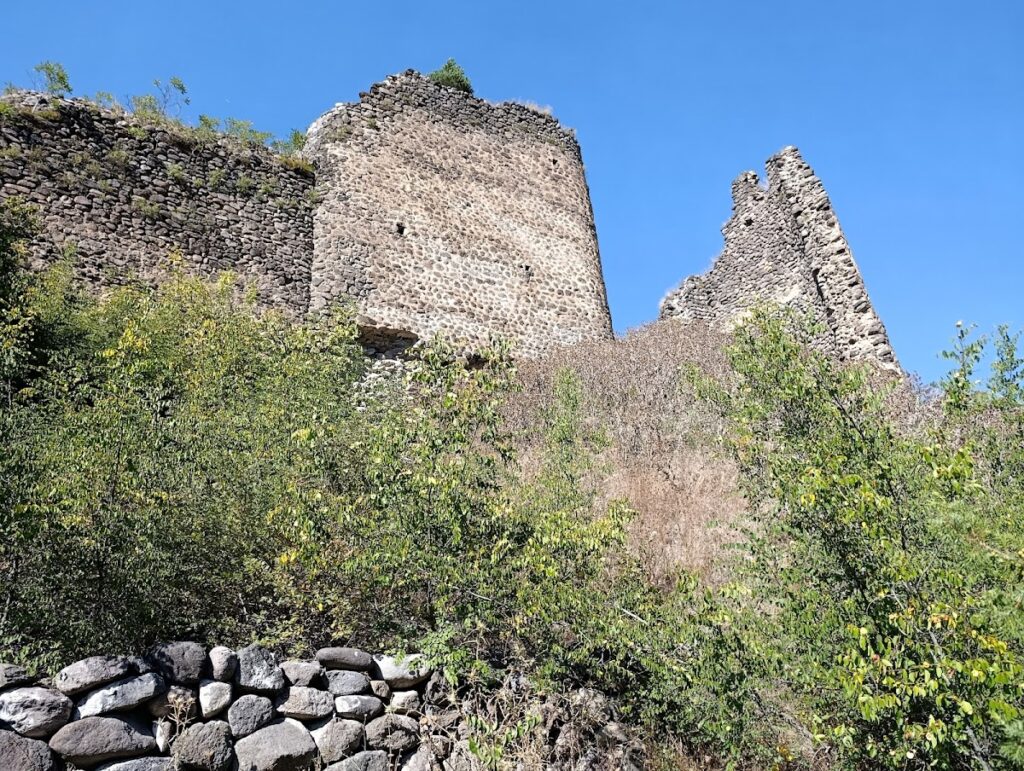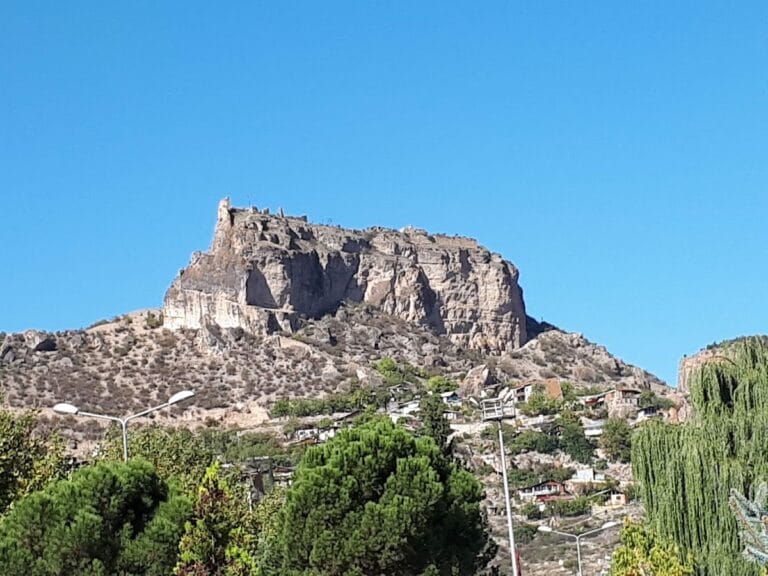Şavşat Castle: A Medieval Georgian Fortress in Turkey
Visitor Information
Google Rating: 4.2
Popularity: Low
Google Maps: View on Google Maps
Country: Turkey
Civilization: Unclassified
Remains: Military
History
Şavşat Castle is a medieval fortress situated in the municipality of Şavşat, Turkey, originally constructed by the Georgian civilization. Its origins date back to the early medieval period, within the Kingdom of Georgia’s sphere of influence.
The earliest known phase of the castle’s history is recorded in the year 1028 by the Georgian chronicler Sumbat Davitisdze. He credits Saba Mtbevari with building the fortress during an incursion by the Byzantine general Parkimanos. At that time, Saba organized local defenders to resist the Byzantine army, highlighting the fortress’s initial role as a defensive stronghold during regional conflicts. The castle’s strategic purpose was to control key routes linking the Shavsheti region with the adjacent Klarjeti area and the Adjara valley, vital for military and administrative control.
While the fortress’s core construction happened under the Georgian Bagrationi dynasty in the 9th century, it saw various phases of use and modification through successive periods. In the 12th century, the castle came under the control of the Seljuk Atabegs, reflecting shifting political dominions in the region. Later, the Ottomans took possession of the site, integrating it into their frontier defenses. It is believed that throughout these centuries, Šavšat Castle functioned as a base for local Georgian beys—regional leaders exercising a degree of autonomy.
The castle remained in use until the early 19th century. After 1878, when Russian forces occupied the region, Şavşat Castle fell into neglect and was quarried for building stones. Architectural modifications dating from the late medieval period, primarily the 14th and 15th centuries, suggest ongoing adaptation of the fortress until it ceased to serve a military or administrative role. Archaeological interest since 2007 has shed further light on its layered history, confirming the castle’s enduring importance across numerous eras.
Remains
Şavşat Castle stands atop a roughly triangular rocky hill, overlooking where the Mere and Shavsheti rivers meet. The fortress covers about 4,000 square meters, strategically commanding views of the surrounding valleys. It is built predominantly of local stone bound with mortar known as kiri, carefully following the rocky terrain’s natural contours.
The most prominent architectural feature is a tall tower on the western side rising to 19 meters with six floors. This tower’s semicircular interior design allowed for extensive surveillance of the nearby landscape and the castle grounds, crucial for defense. Its unusual trapezoidal shape distinguishes it from typical medieval towers. Much of the surrounding defensive walls survive, including sections that once housed dungeons, attesting to the fortress’s role in security and military detention.
Within the fortress, the remains of a church are found on the northern side, reflecting the site’s religious dimension. The castle complex also contains structures believed to have served as a bey’s mansion, a grand hall for official gatherings, a wine cellar, and a warehouse for pharmaceuticals. These indicate a combination of military, residential, and administrative uses. While some features show later medieval architectural styles, others reveal modifications attributable to Ottoman or Seljuk occupation.
Excavations have uncovered various artifacts, including gold coins from the reign of Suleiman the Magnificent, cannonballs, and ceramic vessels, pointing to the castle’s active occupation during the early modern period. Although parts of the fortress suffered stone removal during the 19th century, many structural elements remain in situ, preserving a rich historical and archaeological record of this significant site.






